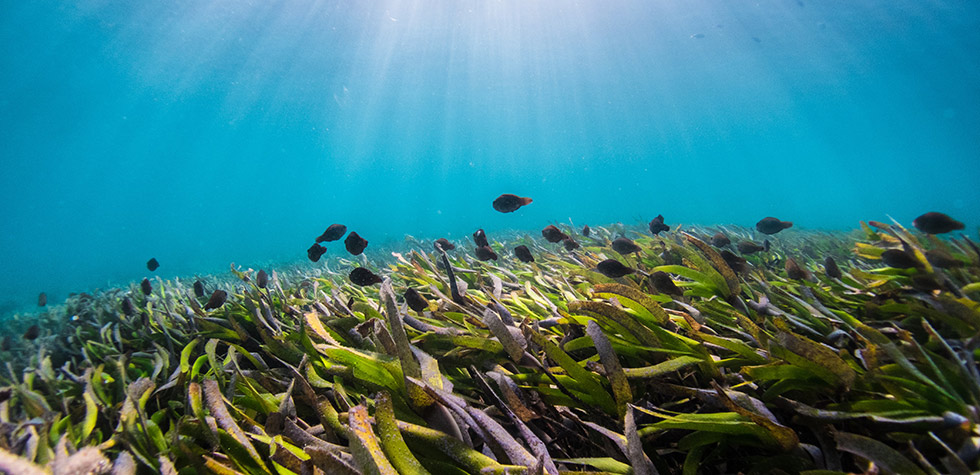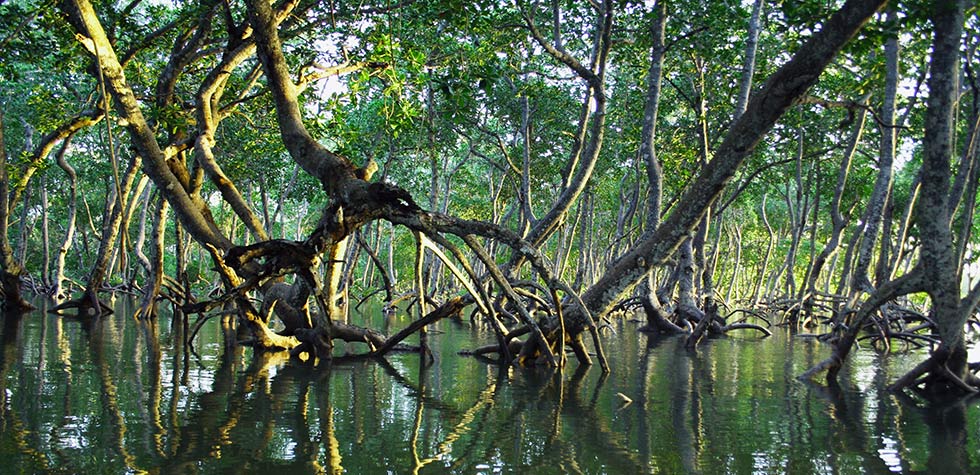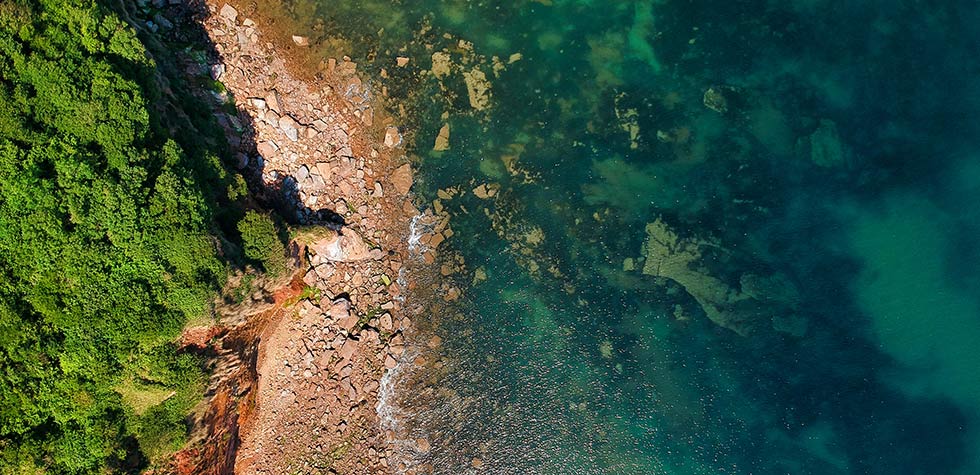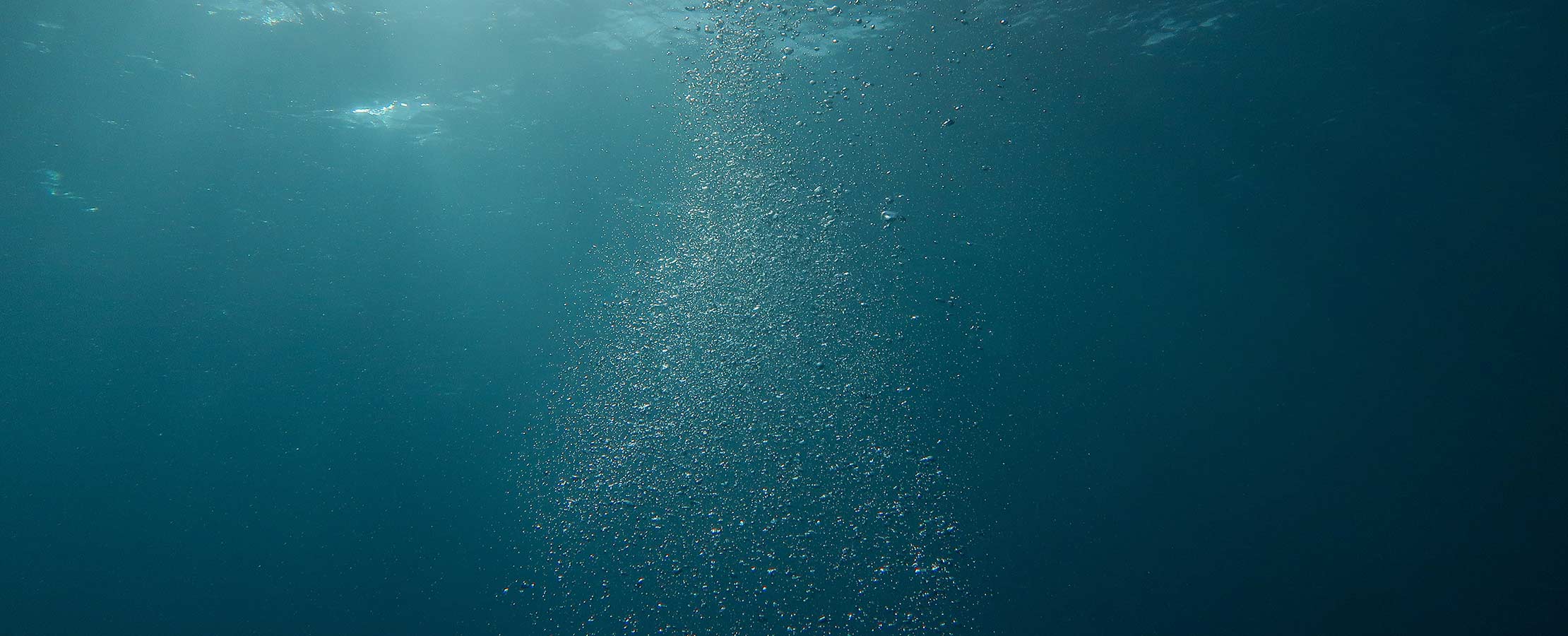Oceans Offer Tantalizing Carbon Capture Potential. Will it be Realized?
The oceans already absorb almost a third of our CO2 emissions and, as calls for greater deployment of carbon capture and storage technology (CCUS) grow, they could be used to store much more. Here's how — and why — this process must be approached with caution.
The pressure is on to cut greenhouse gas emissions — and quickly — in particular for sectors such as energy production, industry and transport, where emissions are especially hard to abate. So it's vital to consider all resources that can help this transition. One of the options with highest potential is the ocean.

Seawater has vast capacity for storing carbon dioxide (CO2), holding around 150 times more CO2 per unit volume than air. Oceans are already the world's largest carbon sinks, and there is interest in using them to sequester CO2 captured from the atmosphere as part of climate mitigation efforts – with many governments mentioning this approach in their climate commitments.
Here's how we could store more CO2 in the oceans.
Buried at sea
Just as concentrated CO2 can be injected into the ground, it can be injected into the sea. At depths of 2.7km and beyond, CO2 is denser than seawater and sinks to the ocean floor, where it remains sequestered for centuries.
It is estimated that around 1,000 GtCO2 could be injected without causing significant changes to ocean chemistry. However, a study conducted on the seafloor of Monterey Bay, California, found that the high concentrations of CO2 involved can be fatal to deep-sea creatures.
Harnessing plant life
Photosynthesis — a process in which plants and some other organisms absorb carbon dioxide, sunlight and water to make oxygen and glucose — can be leveraged to capture and store CO2 in marine systems.

The most promising and straightforward approach is restoring marine ecosystems vital for carbon capture — mainly mangrove forests, seagrass beds and salt marshes, which store at least ten times more carbon than continental forests. The International Blue Carbon Initiative is working in Indonesia, Costa Rica, Australia, and the US to protect these ecosystems.
Cultivating seaweed for food and fuel could also boost the quantity of CO2 stored in marine flora, although this approach is relatively unproven, with experts suggesting a decade or more of research is needed to demonstrate the process is safe, cost-effective and can operate at scale.
An alternative approach to boost ocean photosynthesis is iron fertilization, which involves adding small amounts of iron to the ocean to stimulate growth of a particular aquatic algae called phytoplankton. The phytoplankton absorb CO2 from the atmosphere and eventually die, permanently storing that carbon on the ocean floor. Iron fertilization has not been tested at scale, and could be damaging for sustainable development goals and local ecosystems, due to the risk of sunlight-blocking algal blooms. It continues to attract interest, however, thanks to the potential for very low-cost, large-scale deployment.
Increasing CO2 capacity
Companies are also looking for ways to increase the ocean's capacity to absorb CO2, by lowering the concentration of dissolved CO2 in the ocean relative to the atmosphere.
This can be achieved by adding minerals that react with CO2 to produce bicarbonates, in a process similar to shell formation. Project Vesta aims to add the mineral olivine to the ocean to boost carbon capture and is working with regulators to explore the possibility of a pilot study. Despite the approach's simplicity, it remains in an early stage of development, with a lack of infrastructure to mine, process and distribute the appropriate minerals at scale.

Another way to remove CO2 is to run electrical currents through seawater. This triggers a series of chemical reactions that turn dissolved CO2 into solid minerals, which can be deposited on the ocean floor. Experts at UCLA have developed a single-step SeaChange process that not only removes CO2 from the ocean, but also produces hydrogen fuel. This approach has attracted investment from The Liveability Challenge 2021 and the Chan Zuckerberg Initiative, which will allow the company to demonstrate the technology at the Port of Los Angeles.
Proceed with caution
Although these technologies remain in very early stages of development with few real-world deployments, the oceans offer the tantalizing potential for vast carbon storage without the competition with food production associated with land-based approaches like reforestation.
There are however, additional considerations when it comes to harnessing the potential of the ocean. Ocean acidification, which is associated with ocean carbon sequestration, is already changing the chemistry at the ocean's surface and affecting shellfish and coral, and there could be many more unexpected impacts.
Before approaches like iron fertilization are deployed at scale, it will be important to understand the ecological impacts of these technologies and establish appropriate governance frameworks that account for these risks.






